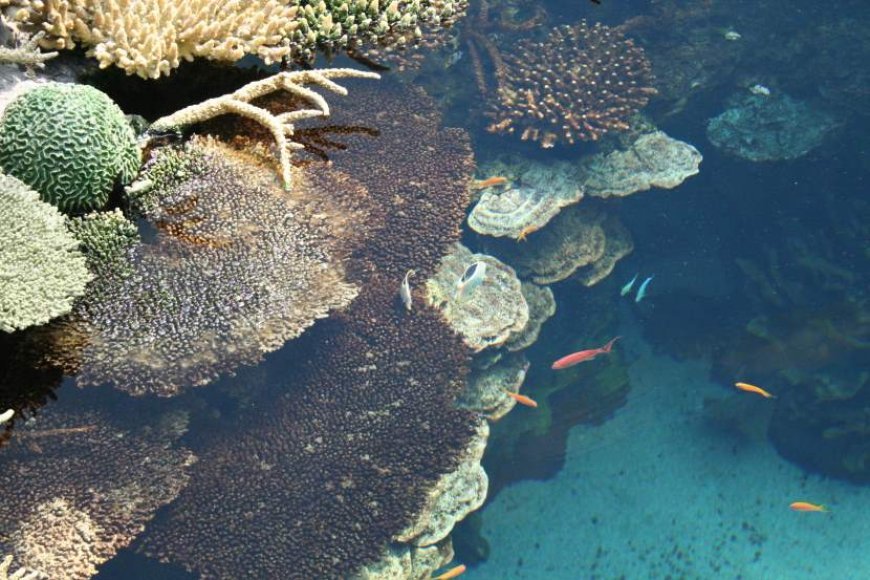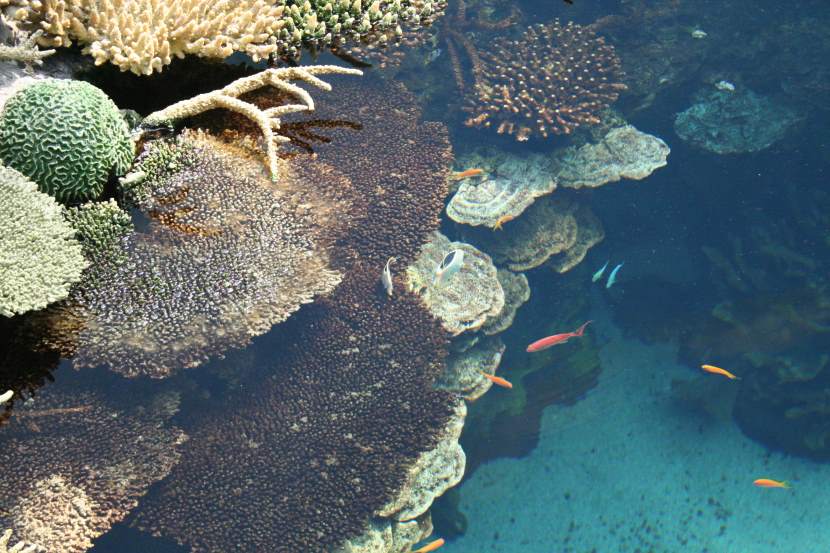Papahānaumokuākea Marine National Monument Promotes Sustainable Tourism Through Virtual Tours In Hawaii


Papahānaumokuākea Marine National Monument is the largest fully protected conservation area in the United States. The monument, which covers a vast area of the Pacific Ocean in the Northwestern Hawaiian Islands, is located approximately 3,000 miles from the nearest continental landmass. Larger than all of the United States national parks combined, this protected area is not only important for its biodiversity, and it has a rich cultural significance for Native Hawaiians. It acts as a haven for more than 7,000 species and is one of the largest marine conservation sites in the world. By offering virtual tours, the monument not only educates the public about its ecological and cultural significance but also allows people to engage with and appreciate the site without causing harm to its fragile ecosystems.
Focus on Conservation and Restricted Access
Papahānaumokuākea is a global leader in marine conservation efforts. Its ecosystem includes diverse habitats, such as open ocean, coral reefs, small islands, and deepwater environments. However, despite its remarkable size and ecological richness, the monument is not open to general visitation. Historically, visitors were allowed access to certain areas, such as the Midway Atoll National Wildlife Refuge. Still, recent operational challenges have resulted in the cessation of sustainable tourism and historical access.
The monument is highly restricted and primarily accessible to researchers, scientists, and those involved in environmental restoration and conservation efforts. This limited access ensures that the area remains pristine and protected, shielding its delicate ecosystems from the pressures of mass tourism. However, for those interested in exploring this unique natural wonder, a virtual tour is available on the official Papahānaumokuākea Marine National Monument website. These virtual visits provide a rare opportunity to explore the vibrant coral reefs, diverse marine life, and pristine landscapes, offering an educational and immersive experience for tourists from around the world.
Biodiversity and Endangered Species of Papahānaumokuākea
Papahānaumokuākea’s vast and diverse ecosystems support more than 7,000 species, many of which are found nowhere else on Earth. This includes a variety of endangered species, such as the Hawaiian monk seal and the critically endangered hawksbill sea turtle. The monument is also home to the majority of the world’s Laysan albatrosses and black-footed albatrosses, as well as several other bird species. Notably, it supports over 14 million seabirds, making it a vital breeding and foraging ground for these species.
In addition to its terrestrial wildlife, Papahānaumokuākea harbors unique marine species that thrive in its deepwater ecosystems. These include the Hawaiian gold coral, some of which are thousands of years old, and Pacific sleeper sharks that roam the ocean floor. The presence of these species emphasizes the monument’s role as a critical habitat for life forms that depend on its protected status for survival.
Cultural Significance to Native Hawaiians
Papahānaumokuākea Marine National Monument holds profound spiritual and cultural significance for Native Hawaiians. The monument is a sacred area, deeply connected to their ancestral stories and traditions. In Hawaiian culture, sea turtles and seabirds are revered as symbols of wisdom and longevity. The monument’s name is derived from two deities—Papahānaumoku (earth mother) and Wākea (sky father)—who, according to Hawaiian mythology, created the Hawaiian Islands.
The wildlife within Papahānaumokuākea is seen as a physical manifestation of ancestral spirits, further cementing the monument’s cultural importance. Native Hawaiian chants and stories often feature the animals found in the monument, reinforcing their connection to the land and the sea. For centuries, Native Hawaiians have visited the region to engage in cultural practices and maintain a spiritual connection to the environment.
The Monument’s Economic Impact Through Virtual Tours
Though the physical monument remains off-limits to the general public, the virtual tours offered by the Papahānaumokuākea Marine National Monument website provide an innovative way for people around the world to explore this remarkable conservation area. These virtual visits are especially significant in today’s tourism landscape, where digital experiences are becoming increasingly important for attracting global audiences.
These virtual tours contribute to the growing field of virtual sustainable tourism, which is gaining popularity as travelers seek sustainable and responsible ways to explore remote and protected locations. While the tours do not have a direct financial impact on the local economy, they help raise awareness about the monument’s conservation efforts and the need for continued protection of its resources.
Furthermore, the virtual tour model can be seen as an opportunity for other protected sites around the world to follow suit, balancing the desire for public engagement with the need for conservation. The ability to offer educational experiences without compromising the integrity of natural habitats is a critical step toward preserving these areas for future generations.
Threats and Ongoing Challenges
Despite its protected status, Papahānaumokuākea is not immune to the challenges posed by human activities. The monument faces several threats, including pollution, invasive species, ocean acidification, sea level rise, and coral bleaching. Each year, approximately fifty tons of marine debris drift into the area, posing a danger to wildlife that may ingest plastic or become entangled in fishing gear. The continued degradation of the marine environment, driven by climate change and anthropogenic activities, underscores the urgency of ongoing conservation efforts.
In light of these challenges, maintaining the monument’s protected status is essential. Efforts to combat these threats include the monitoring of marine debris, habitat restoration projects, and scientific research aimed at better understanding the impacts of climate change on the region’s ecosystems. The co-trustees of Papahānaumokuākea—NOAA, the U.S. Fish and Wildlife Service, the Hawaii Department of Land and Natural Resources, and the Office of Hawaiian Affairs—are committed to safeguarding the area’s ecological and cultural resources for generations to come.
Conclusion: The Ongoing Importance of Papahānaumokuākea
Papahānaumokuākea Marine National Monument stands as one of the most significant marine conservation areas in the world. It is a place of great ecological value, cultural importance, and biodiversity. While access is restricted to ensure its protection, the availability of virtual tours provides an innovative way for the public to engage with and appreciate this incredible site.
The preservation of Papahānaumokuākea Marine National Monument is crucial not only for the future of the species that depend on it but also for the cultural heritage of Native Hawaiians. It serves as a reminder of the importance of balancing tourism with conservation, ensuring that the natural world remains protected for future generations. As environmental challenges continue to rise, the ongoing stewardship of Papahānaumokuākea will be essential in maintaining its status as a sanctuary for both wildlife and culture.
The post Papahānaumokuākea Marine National Monument Promotes Sustainable Tourism Through Virtual Tours In Hawaii appeared first on Travel And Tour World.






